کتاب علم و فناوری نانو به عنوان یک کتاب درسی برای مبتدیان در زمینه علم فناوری نانو ارائه شده است. این کتاب طیف وسیعی از علم و فناوری نانو از جمله مقدمه، اصطلاحات، تاریخچه، ویژگی های منحصر به فرد،تکنیک های مختلف سنتز و کاربردهای علم و فناوری نانو را در برمیگیرد.
Table of content:
Preface
About the Series
About the Authors
List of Colour Plates
Contents
Chapter 1 The Big World of Nanomaterials
1.1 HISTORY AND SCOPE
1.1.1 Nanomaterials are not new
1.1.2 Early applications of nanotechnology: Nano-gold
1.1.3 Publications on nanoscience and nanotechnology
1.2 CAN SMALL THINGS MAKE A BIG DIFFERENCE?
1.2.1 Nanosize and properties
1.3 CLASSIFICATION OF NANOSTRUCTURED MATERIALS
1.4 FASCINATING NANOSTRUCTURES
1.5 APPLICATIONS OF NANOMATERIALS
1.6 NATURE: THE BEST NANOTECHNOLOGIST
1.7 CHALLENGES AND FUTURE PROSPECTS
EXERCISES
Chapter 2 Unique Properties of Nanomaterials
2.1 MICROSTRUCTURE AND DEFECTS IN NANOCRYSTALLINE MATERIALS
2.1.1 Dislocations
2.1.2 Twins, stacking faults and voids
2.1.3 Grain boundaries, triple junctions and disclinations
2.2 EFFECT OF NANO-DIMENSIONS ON MATERIALS BEHAVIOUR
2.2.1 Elastic properties
2.2.2 Melting point
2.2.3 Diffusivity
2.2.4 Grain growth characteristics
2.2.5 Enhanced solid solubility
2.2.6 Magnetic properties
2.2.7 Electrical properties
2.2.8 Optical properties
2.2.9 Thermal properties
2.2.10 Mechanical properties
EXERCISES
Chapter 3 Synthesis Routes
3.1 BOTTOM-UP APPROACHES
3.1.1 Physical vapour deposition (PVD)
3.1.2 Chemical vapour deposition
3.1.3 Spray conversion processing
3.1.4 Sol–gel process
3.1.5 Wet chemical synthesis
3.1.6 Self-assembly
3.2 TOP-DOWN APPROACHES
3.2.1 Mechanical alloying
3.2.2 Equal channel angular pressing (ECAP)
3.2.3 High-pressure torsion (HPT)
3.2.4 Accumulative roll bonding (ARB)
3.2.5 Nanolithography
3.3 CONSOLIDATION OF NANOPOWDERS
3.3.1 Shockwave consolidation
3.3.2 Hot isostatic pressing (HIP) and cold isostatic pressing (CIP)
3.3.3 Spark plasma sintering
EXERCISES
Chapter 4 Applications of Nanomaterials
4.1 NANO-ELECTRONICS
4.1.1 Fundamentals of semiconductor devices
4.1.2 Metal oxide semiconductor field effect transistor (MOSFET)
4.1.3 Solid-state quantum effect devices
4.1.4 Hybrid micro–nano-electronic resonant tunnelling transistors
4.1.5 Molecular electronic devices
4.1.6 Novel opto-electronic devices
4.2 MICRO- AND NANO-ELECTROMECHANICAL SYSTEMS (MEMS/NEMS)
4.3 NANOSENSORS
4.3.1 Carbon nanotube-based sensors
4.3.2 Nanowire sensors
4.3.3 Polymeric nanofibres and nanocomposites
4.3.4 Nanoparticles
4.3.5 Plasmonic-based nanoprobes
4.3.6 Optical nanosensors
4.3.7 SQUID-based magnetic nanosensors
4.3.8 Biosensors
4.3.9 Microcantilever-based sensors
4.3.10 Electronic nose
4.3.11 Electronic tongue
4.4 NANOCATALYSTS
4.4.1 Gold nanoparticles
4.4.2 Magnetic nanoparticles
4.4.3 Other nanocatalysts
4.5 FOOD AND AGRICULTURE INDUSTRY
4.6 COSMETICS AND CONSUMER GOODS
4.6.1 Sunscreens
4.6.2 Personal care products
4.6.3 Anti-ageing products
4.6.4 Other uses
4.7 STRUCTURE AND ENGINEERING
4.8 AUTOMOTIVE INDUSTY
4.9 WATER TREATMENT AND THE ENVIRONMENT
4.10 NANO-MEDICAL APPLICATIONS
4.11 TEXTILES
4.12 PAINTS
4.13 ENERGY
4.14 DEFENCE AND SPACE APPLICATIONS
4.15 STRUCTURAL APPLICATIONS
EXERCISE
Chapter 5 Tools to Characterize Nanomaterials
5.1 X-RAY DIFFRACTION (XRD)
5.2 SMALL ANGLE X-RAY SCATTERING (SAXS)
5.3 SCANNING ELECTRON MICROSCOPY (SEM)
5.3.1 Electron–matter interaction
5.3.2 Imaging
5.4 TRANSMISSION ELECTRON MICROSCOPY (TEM)
5.4.1 Advanced techniques of TEM
5.4.2 Quantitative analysis using TEM
5.4.3 Functioning of a TEM
5.4.4 TEM specimen preparation
5.5 ATOMIC FORCE MICROSCOPY (AFM)
5.5.1 Comparison of AFM and other imaging techniques
5.5.2 The common AFM modes
5.6 SCANNING TUNNELLING MICROSCOPE (STM)
5.6.1 Modes of operation
5.6.2 STM configuration
5.7 FIELD ION MICROSCOPE (FIM)
5.8 THREE-DIMENSIONAL ATOM PROBE (3DAP)
5.9 NANOINDENTATION
EXERCISES
Chapter 6 Nanostructured Materials with High Application Potential
6.1 QUANTUM DOTS
6.1.1 Fabrication
6.1.2 Applications of Quantum Dots
6.2 CARBON NANOTUBES
6.2.1 Types of carbon nanotubes
6.2.2 Chirality of carbon nanotubes
6.2.3 Synthesis of CNT
6.2.4 Characterization techniques in carbon nanotubes
6.2.5 CNT-based physical sensors
6.3 GAN NANOWIRES
6.3.1 Applications of GaN nanowires
6.4 NANOCRYSTALLINE ZNO
6.4.1 Crystal structure and properties of ZnO
6.4.2 Synthesis of bulk-structured and nanostructured ZnO
6.4.3 Applications of ZnO nanostructures
6.5 NANOCRYSTALLINE TITANIUM OXIDE
6.5.1 Titania nanopowders
6.5.2 Titania nanotubes (TNTs)
6.6 MULTILAYERED FILMS
EXERCISES
Chapter 7 Concerns and Challenges of Nanotechnology
EXERCISES
Glossary of Terms
Index
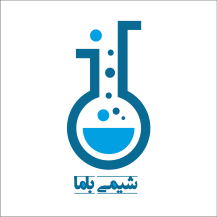
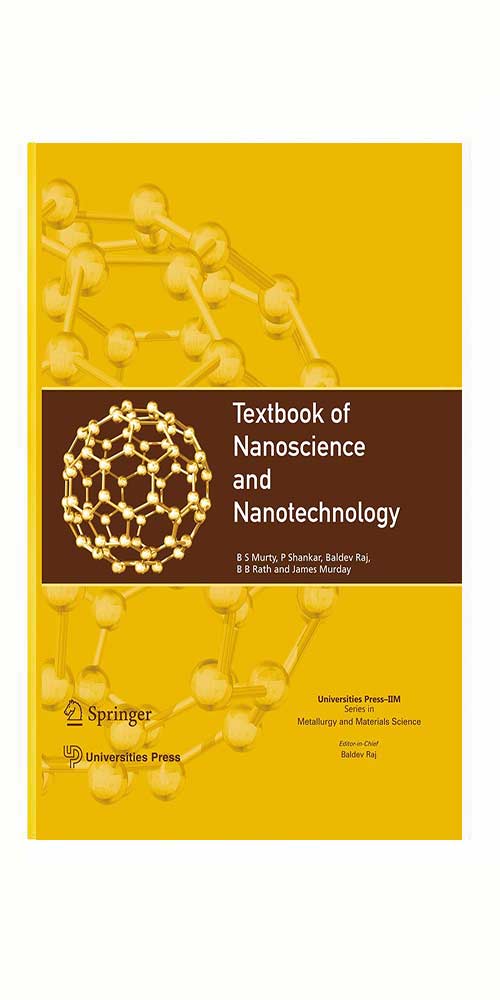
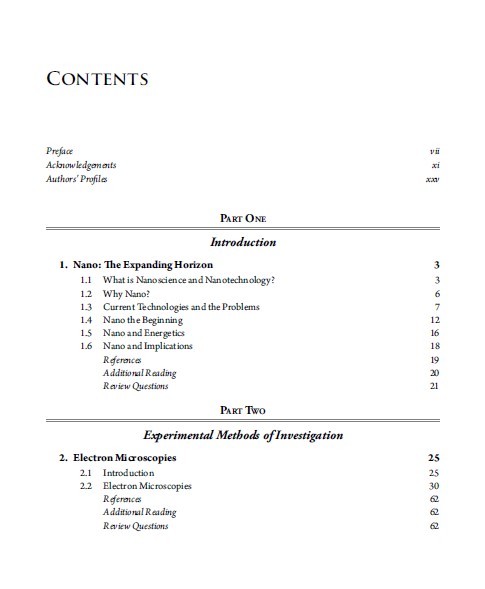
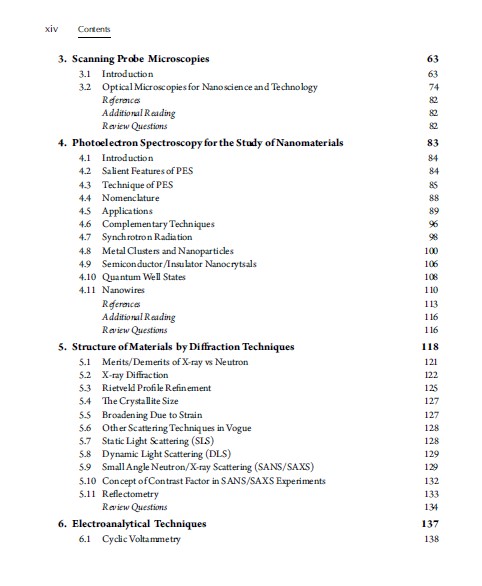
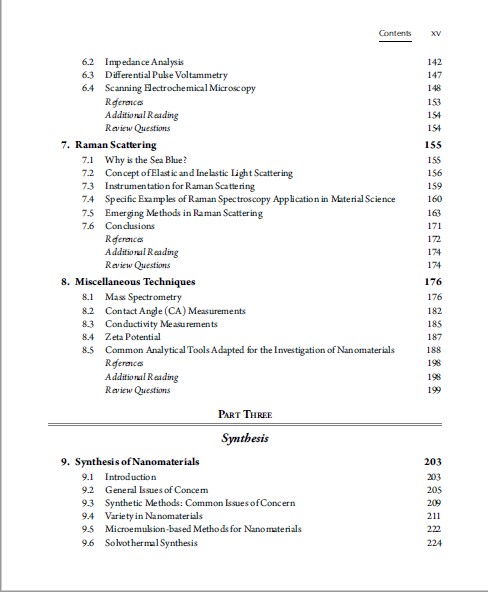
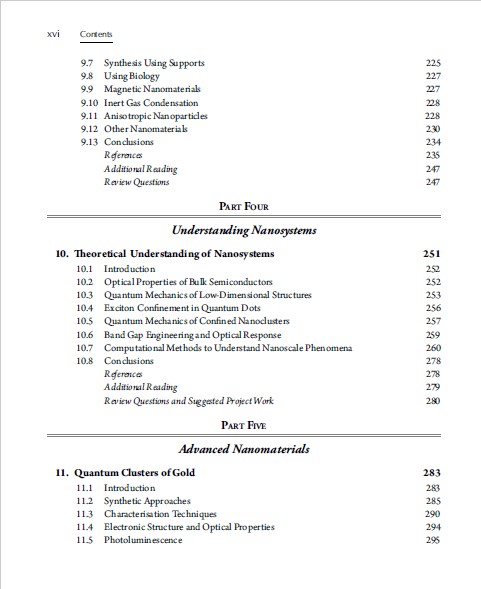
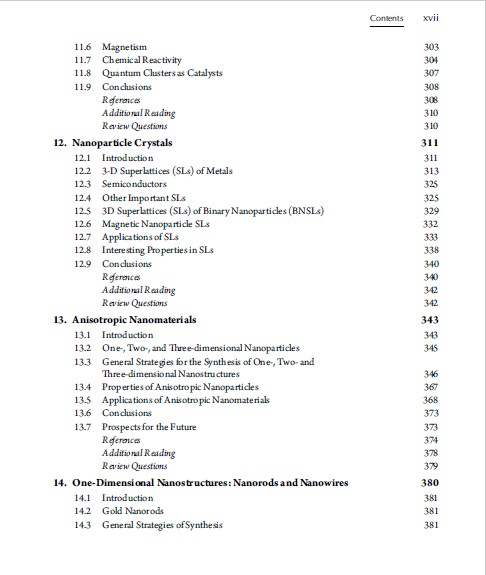
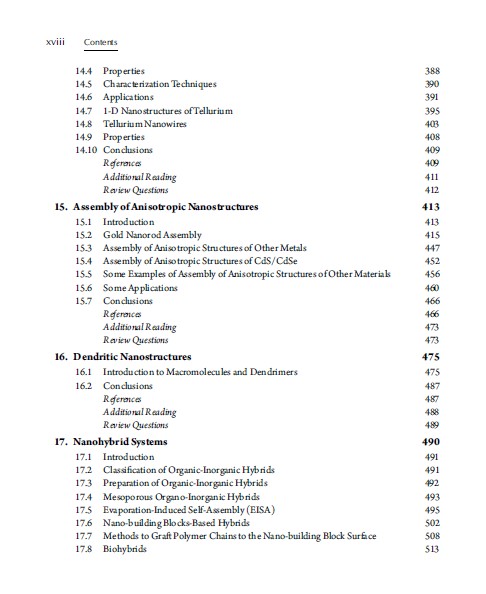
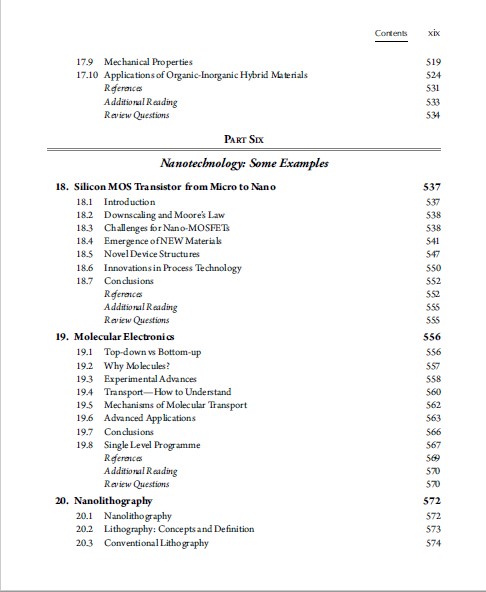
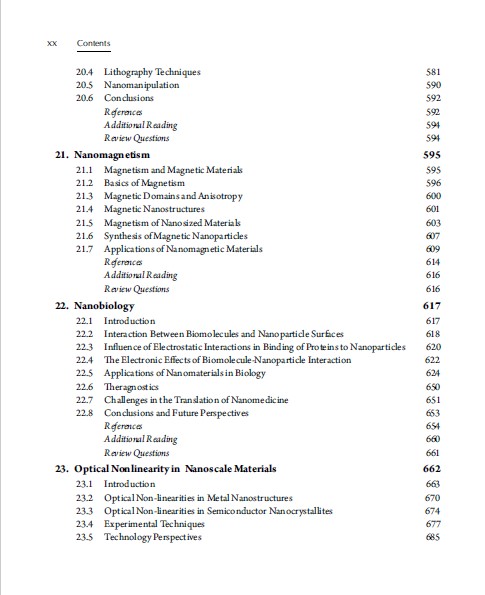
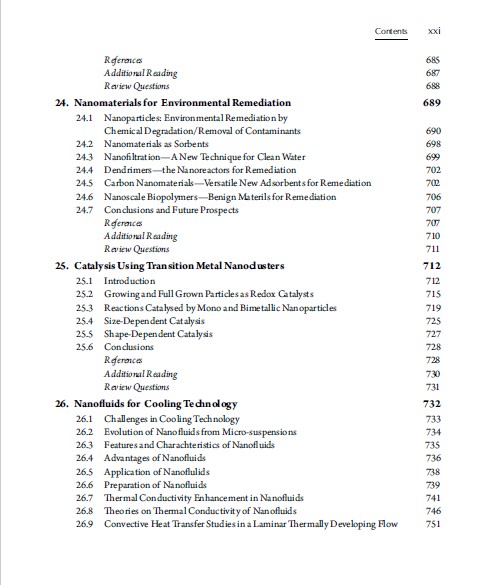
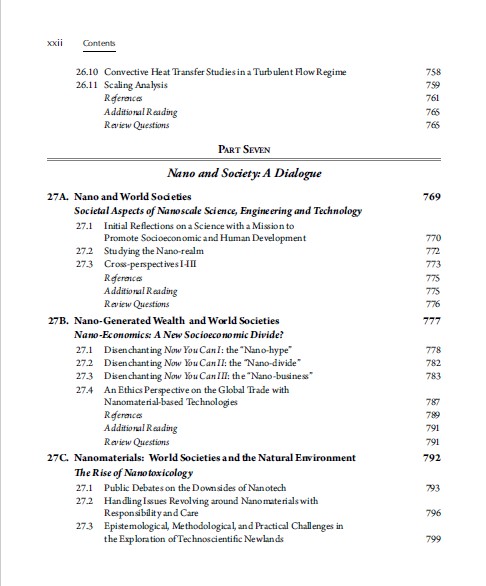
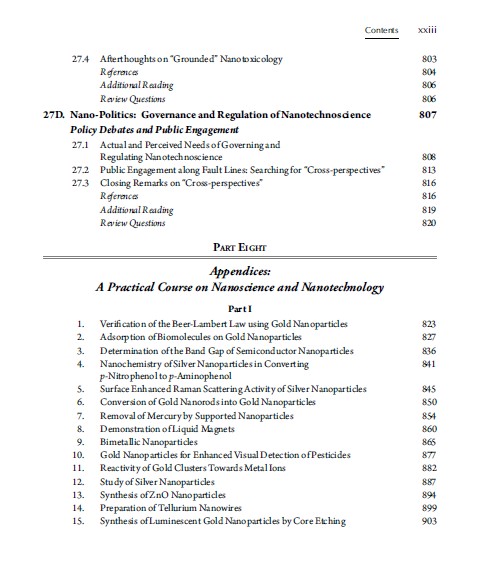
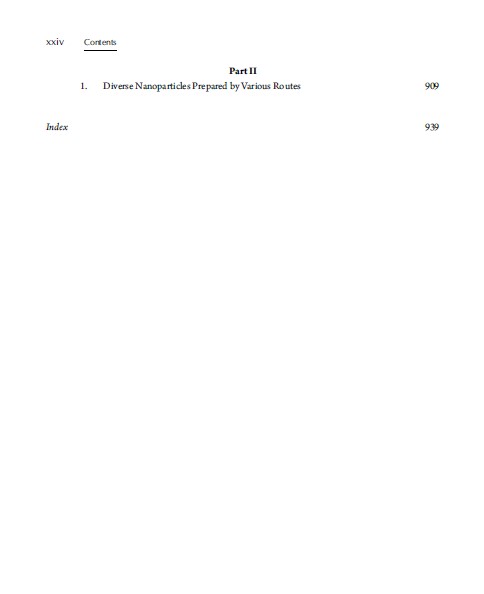
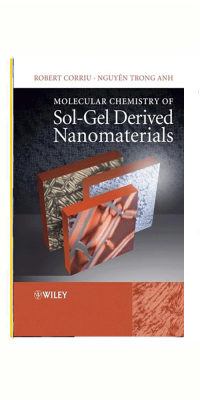
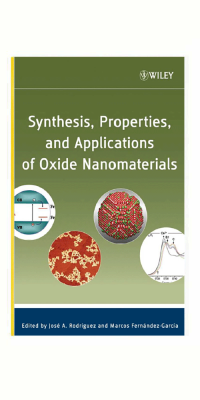
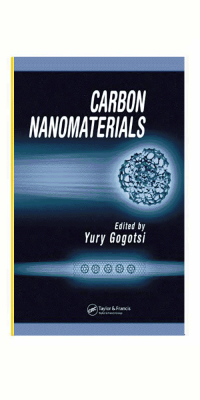
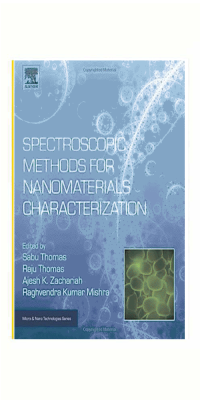

نقد و بررسیها
هنوز بررسیای ثبت نشده است.